Aquafeed Industry Advances with Sustainable Innovations
Published: 2025-09-10
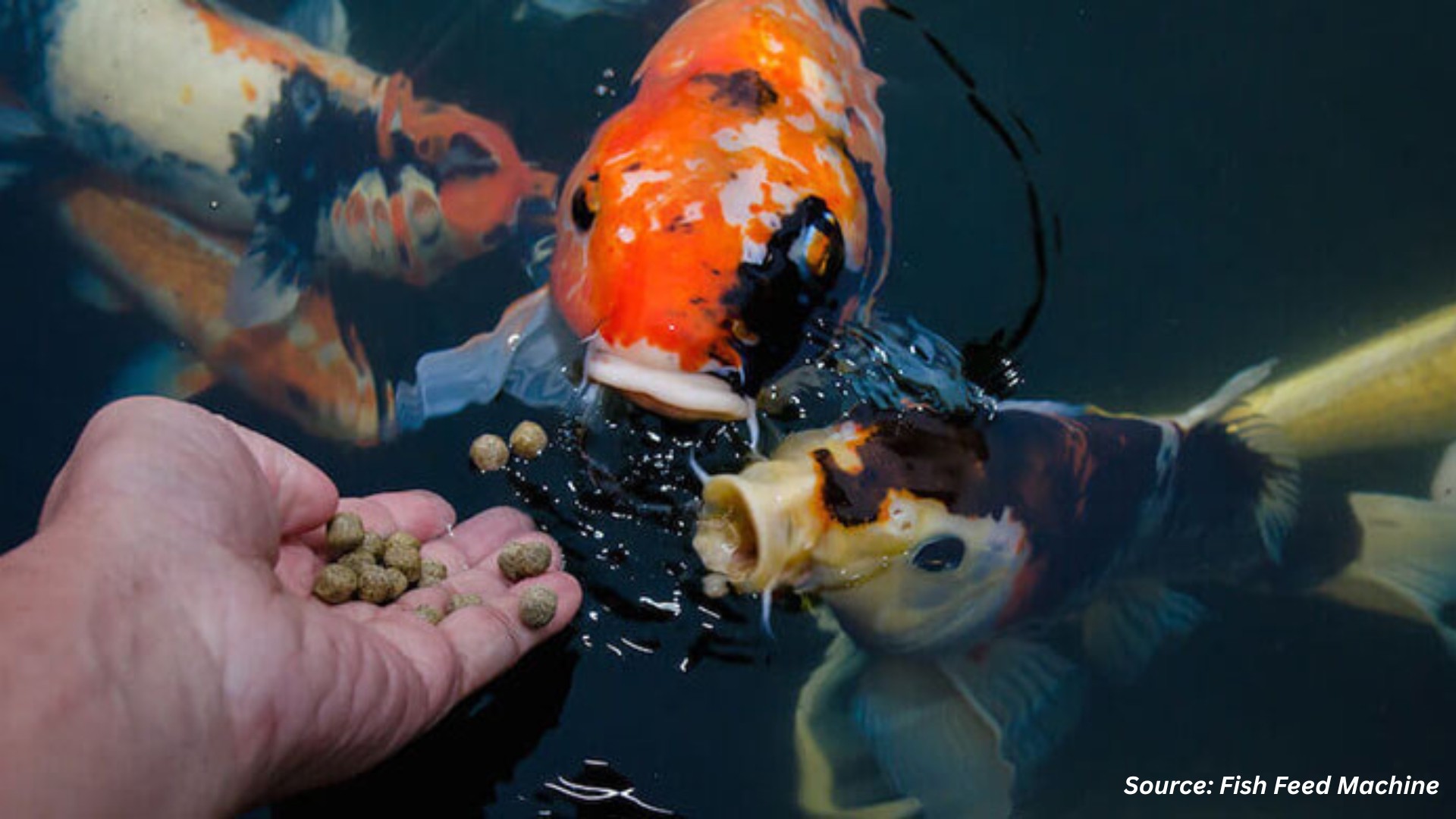
Aquafeed is the nutritional backbone of the aquaculture industry. As global fish consumption rises and sustainability concerns deepen, companies in 2025 are reengineering feed formulations, scaling up production capacities, and introducing novel ingredients. From krill replacements to targeted regional investments, the Aquafeed Sector is undergoing strategic transformation.
Global Aquafeed Leaders Commit to Testing Krill-Free Innovations in Commercial Feed Systems
Following the F3 Krill Replacement Challenge, five leading aquafeed corempanies have pledged to trial the top-performing products from the competition within their commercial operations.
Top Aquafeed Producers Embrace Sustainable Alternatives in Commercial Trials
Key Points:
-
Five leading international aquafeed companies have pledged to test the shortlisted products from the F3 Krill Replacement Challenge in their commercial feed operations, marking a major step toward more sustainable fish feed solutions.
-
The commitment was announced during the 2024 F3 – Future of Fish Feed meeting held in San Francisco, highlighting growing industry support for alternative, eco-friendly feed ingredients.
Summary:
In a landmark move for sustainable aquaculture, five prominent international aquafeed companies have committed to testing the top products from the F3 Krill Replacement Challenge within their commercial operations. Announced at the 2024 F3 – Future of Fish Feed meeting in San Francisco, this collective pledge underscores a growing industry shift toward environmentally responsible alternatives to traditional marine ingredients, signaling a new era for the future of fish feed.
CFEED Announces Major Facility Expansion to Lead Global Copepod Production
CFEED, a Norwegian pioneer in premium copepod production for marine larvae, is set to expand its production facility in Vanvikan, Norway. Backed by a major investment in cutting-edge production technology, the expansion aims to boost both capacity and operational efficiency while reinforcing the company’s strong focus on sustainability. The upgraded facility is scheduled to open on August 20, 2025, following the completion of construction in early August.
This development will position CFEED as the world’s leading copepod production facility operating in a controlled environment. It will substantially increase output, create new employment opportunities in the local area, and further solidify CFEED’s standing as the top global provider of hatchery-stage feed for marine fish larvae.
CFEED Expands to Meet Rising Global Demand for Hatchery-Stage Live Feed
Key Points:
-
In response to strong organic growth in recent years, CFEED made a strategic decision two years ago to expand its production capabilities.
-
The company specializes in hatchery-stage live feed, focusing on the cultivation of Acartia tonsa copepods.
-
CFEED’s copepods are used for feeding over 15 marine species, including sea bream, cod, grouper, seriola, seabass, and tuna.
Summary:
CFEED, a leading Norwegian producer of premium copepods for marine larvae, is expanding its production facility in Vanvikan to meet growing global demand. Fueled by a major investment in advanced technology, the new facility—set to open on August 20, 2025—will significantly boost production capacity and operational efficiency while supporting the company’s sustainability goals. This strategic move follows years of organic growth and will establish CFEED as the world’s foremost controlled-environment copepod production center. Specializing in Acartia tonsa copepods, CFEED supports hatcheries worldwide by supplying live feed for over 15 marine species, including sea bream, cod, tuna, and seabass. The expansion also promises to generate new job opportunities and strengthen CFEED’s global leadership in hatchery-stage aquafeed solutions.
Skretting Launches AmiNova to Revolutionize Precision in Aquafeed Formulation
Aquafeed company Skretting has unveiled a new feed formulation concept designed to enhance the precision and effectiveness of its feeds, while minimizing unnecessary waste and excess.
Skretting, a global leader in aquafeed production, has announced the launch of its new feed formulation concept, AmiNova, aimed at delivering an even higher level of precision in fish nutrition.
AmiNova: Skretting Introduces a New Standard in Precision Fish Nutrition
Key Points:
-
Traditional aquaculture feeds have typically been formulated using crude protein levels, later refined to digestible protein.
-
Skretting’s new AmiNova concept shifts the approach to formulating feeds based on an ideal digestible amino acid profile.
-
The method involves evaluating the total amount of amino acids effectively ingested by fish.
-
By eliminating unnecessary nutrient excess, AmiNova ensures fish receive only what they need—enhancing nutritional precision and feed efficiency.
-
This innovation aims to optimize fish growth while reducing waste and environmental impact.
Summary:
Skretting has introduced AmiNova, a cutting-edge feed formulation concept designed to elevate precision in fish nutrition. By shifting focus from crude and digestible protein to an ideal digestible amino acid profile, AmiNova ensures fish receive the exact nutrients they need. This approach not only enhances feed efficiency and fish growth but also minimizes waste and environmental impact, setting a new benchmark in sustainable aquafeed development.
AquafeedPlus Unveils Innovative Solution to Elevate Aquatic Animal Health and Farm Efficiency
To meet the rising market demand for high-quality aquatic feed, Aquafeed has developed an innovative product that markedly improves the health of aquatic animals and boosts the efficiency of aquaculture operations.
Highlighted Benefits of the New Product:
-
Specifically formulated to enhance growth and strengthen immunity in aquatic animals.
-
Produced using premium-quality raw materials, overseen by experienced professionals.
-
Offers competitive pricing compared to equivalent imported products.
Summary:
Responding to increasing demand for superior aquatic feed, Aquafeed has introduced a new, high-performance product designed to improve the health and immunity of aquatic animals while enhancing overall farm productivity. Developed using top-grade raw materials under expert supervision, the product also offers a cost-effective alternative to comparable imported feeds, making it both effective and economically attractive for aquaculture operations.
FEED ONE to Build ¥13 Bn Aquafeed Mill for Sustainable Growth
FEED ONE Co. Ltd., a leading Japanese producer and marketer of compound feed, has announced a 13-billion-yen (approximately $89.7 million) investment to construct a new aquaculture feed mill.
FEED ONE Invests in New Aquaculture Feed Mill to Boost Innovation and Sustainability
Key Points:
-
The new facility is expected to enhance FEED ONE’s competitiveness and drive the development of advanced aquaculture technologies.
-
It will support the sustainable growth of the aquaculture industry.
-
The existing Chita factory will continue its production of livestock feed.
-
Headquartered in Yokohama, FEED ONE’s operations extend beyond compound feed to include procurement, sales, production, and processing of meat, eggs, and seafood.
-
The company also offers farm-management consulting and operates veterinary examination and treatment services as part of its ancillary businesses.
Summary:
FEED ONE Co. Ltd., a prominent Japanese compound feed producer, has announced a major investment of ¥13 billion (approximately $89.7 million) to establish a new aquaculture feed mill. The initiative aims to strengthen the company’s market position, advance research in aquaculture technologies, and contribute to sustainable industry development. While the new facility will focus on aquafeed, the existing Chita plant will continue producing livestock feed. Based in Yokohama, FEED ONE also engages in meat, egg, and seafood processing, alongside consulting and veterinary services, broadening its footprint across the agri-food value chai
|
Company |
Key Development |
Innovation/Focus Area |
|
F3 Challenge Participants (5 unnamed companies) |
Pledged to trial top products from F3 Krill Replacement Challenge |
Sustainable, krill-free feed alternatives |
|
CFEED (Norway) |
Expanding Vanvikan facility to become world's largest copepod production center |
Hatchery-stage live feed using Acartia tonsa copepods |
|
Skretting |
Launched AmiNova, a new precision formulation model |
Formulating based on ideal digestible amino acid profiles |
|
Aquafeed (Brand) |
Released new aquatic feed product focused on immunity and growth enhancement |
Health-boosting, cost-effective feed with premium ingredients |
|
FEED ONE (Japan) |
Investing ¥13 Bn in a new aquafeed production facility |
Advanced aquaculture feed production and technology |
Next Steps: What Industry Stakeholders Should Watch
-
Track ingredient innovations such as krill replacements for sustainability reporting and compliance.
-
Explore partnerships with firms like Skretting and Cfeed that offer precision or larval-stage feed products.
-
Monitor regional demand shifts, especially in Asia and the Middle East, for tailored feed solutions.
-
Invest in automation and data integration for feed formulation and mill operations.
-
Stay aligned with regional regulations and sustainability standards influencing feed approval and trade.
About the Author
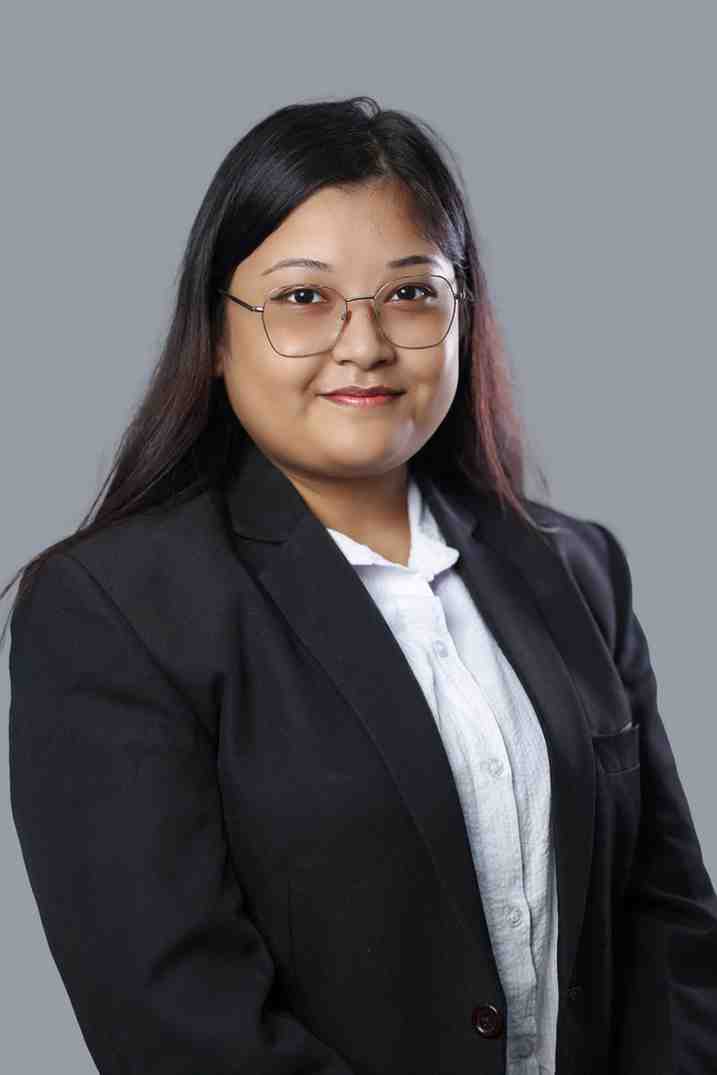 Karabi Sonowal is an experienced SEO Executive and Content Writer in digital marketing. She excels in SEO, content creation, and data-driven strategies that boost online visibility and engagement. Known for simplifying complex concepts, Karabi creates impactful content aligned with industry trends.
Karabi Sonowal is an experienced SEO Executive and Content Writer in digital marketing. She excels in SEO, content creation, and data-driven strategies that boost online visibility and engagement. Known for simplifying complex concepts, Karabi creates impactful content aligned with industry trends.
About the Reviewer
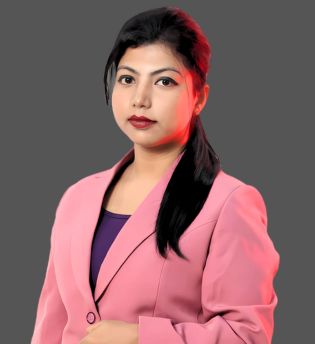 Debashree Dey is a skilled Content Writer, PR Specialist, and Assistant Manager with strong expertise in Digital Marketing. She specializes in crafting visibility strategies and delivering impactful, data-driven campaigns. Passionate about creating engaging, audience-focused content, she helps brands strengthen their online presence. Beyond work, she draws inspiration from creative projects and design pursuits.
Debashree Dey is a skilled Content Writer, PR Specialist, and Assistant Manager with strong expertise in Digital Marketing. She specializes in crafting visibility strategies and delivering impactful, data-driven campaigns. Passionate about creating engaging, audience-focused content, she helps brands strengthen their online presence. Beyond work, she draws inspiration from creative projects and design pursuits.








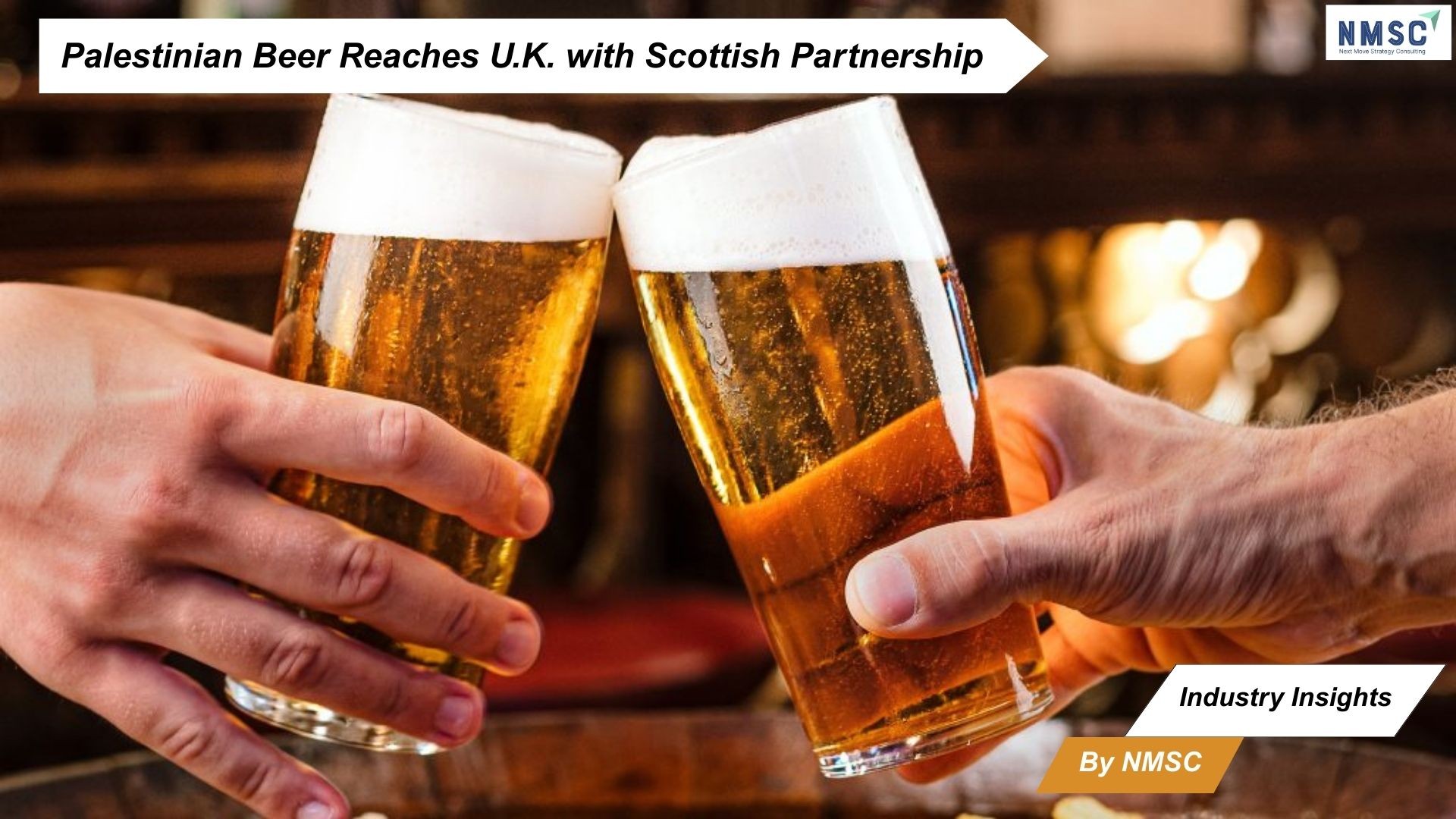

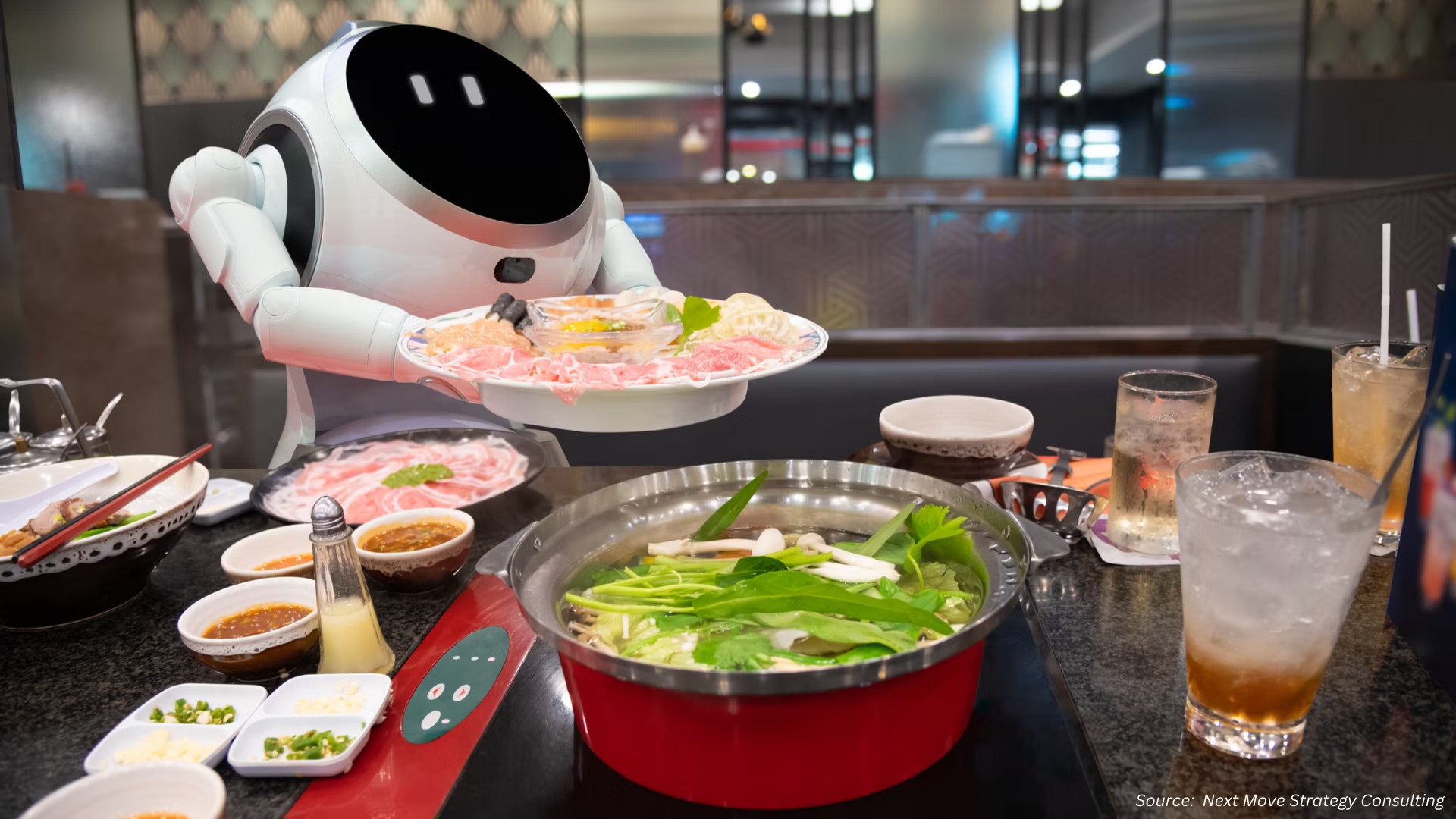
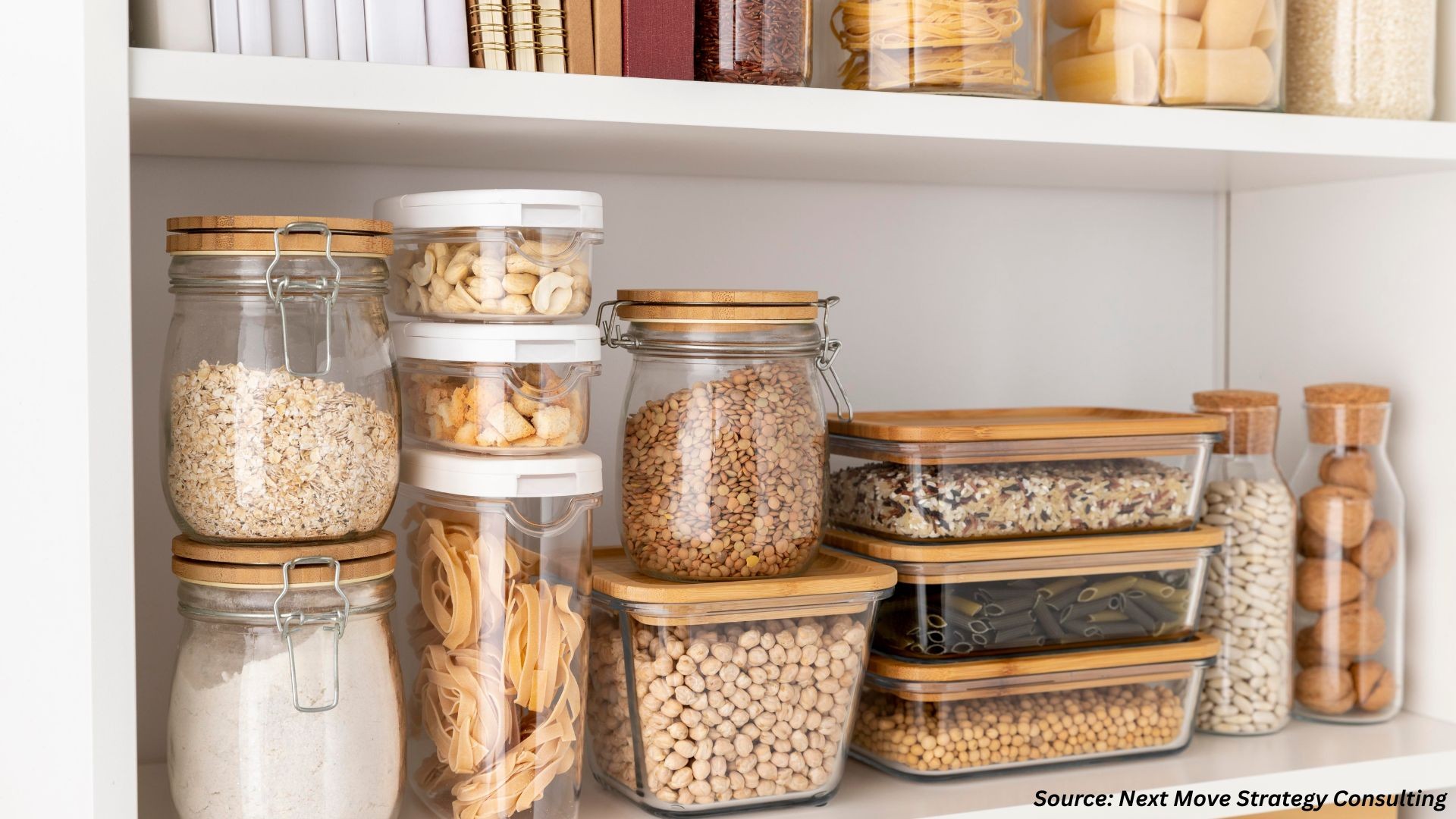




Add Comment